Induction--Why??
edlakin
16 years ago
Related Stories

KITCHEN APPLIANCESFind the Right Cooktop for Your Kitchen
For a kitchen setup with sizzle, deciding between gas and electric is only the first hurdle. This guide can help
Full Story
TASTEMAKERSPro Chefs Dish on Kitchens: Michael Symon Shares His Tastes
What does an Iron Chef go for in kitchen layout, appliances and lighting? Find out here
Full Story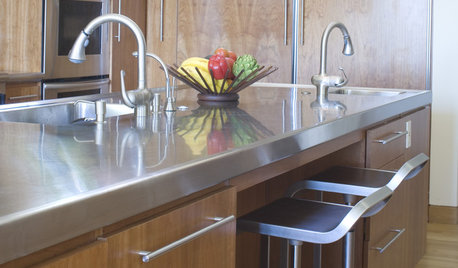
KITCHEN DESIGNDesign an Easy-Clean Kitchen
"You cook and I'll clean" might no longer be a fair trade with these ideas for low-maintenance kitchen countertops, cabinets and floors
Full Story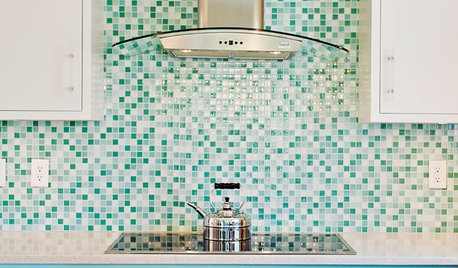
KITCHEN DESIGN9 Popular Stovetop Options — Plus Tips for Choosing the Right One
Pick a stovetop that fits your lifestyle and your kitchen style with this mini guide that covers all the basics
Full Story
KITCHEN DESIGNA Cook’s 6 Tips for Buying Kitchen Appliances
An avid home chef answers tricky questions about choosing the right oven, stovetop, vent hood and more
Full Story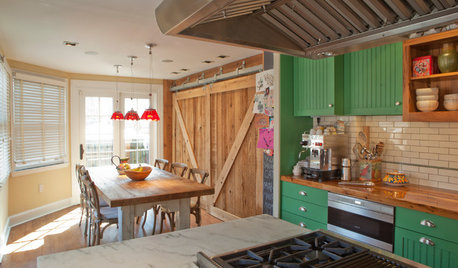
TASTEMAKERSPro Chefs Dish on Kitchens: How Marc Vetri Cooks at Home
Learn an Iron Chef's kitchen preferences on everything from flooring to ceiling lights — and the one element he didn't even think about
Full Story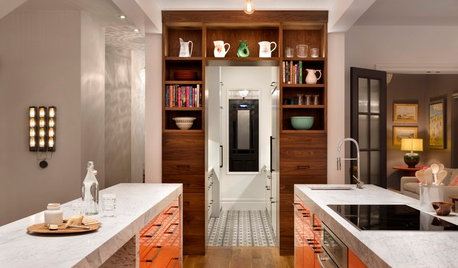
KITCHEN DESIGNChef's Kitchen Works Hard Yet Stays Pretty
A butler's pantry complete with refrigerator and dishwasher helps a restaurateur contain the mess when cooking and entertaining at home
Full Story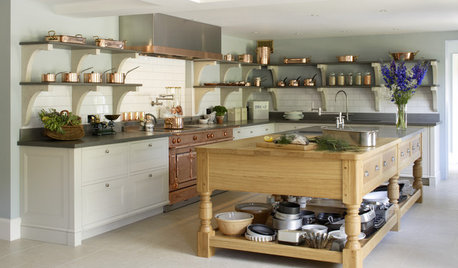
KITCHEN DESIGNA Modern Kitchen Inspired by Edwardian Style
Attention to detail and functionality make for a kitchen that is as beautiful to work in as it is to look at
Full Story
KITCHEN DESIGNHow to Choose the Right Hood Fan for Your Kitchen
Keep your kitchen clean and your home's air fresh by understanding all the options for ventilating via a hood fan
Full Story
FURNITUREMilo Baughman: The Cary Grant of Furniture Design
Sensuous and sophisticated, the midcentury designer’s chairs, sofas, credenzas and more are classics in high demand
Full Story


weissman
alywa
Related Discussions
Induction Cooktop-Question: Use of two 11' pans
Q
Gas and Induction
Q
Best cookware for induction?
Q
Selling BlueStar 30" Drop-In Cooktop - where to post???
Q
edlakinOriginal Author
oskiebabu
piegirltoo
hapz
User
edlakinOriginal Author
amirm
beatrix_in_canada
neeter3148
kailleanm
lindawink
swatts1
lightlystarched
sleepyhollow
dbaguy
edlakinOriginal Author
kaseki
villandry
edlakinOriginal Author
villandry
edlakinOriginal Author
jakkom
villandry
edlakinOriginal Author
oskiebabu
amirm
solarpowered
amirm